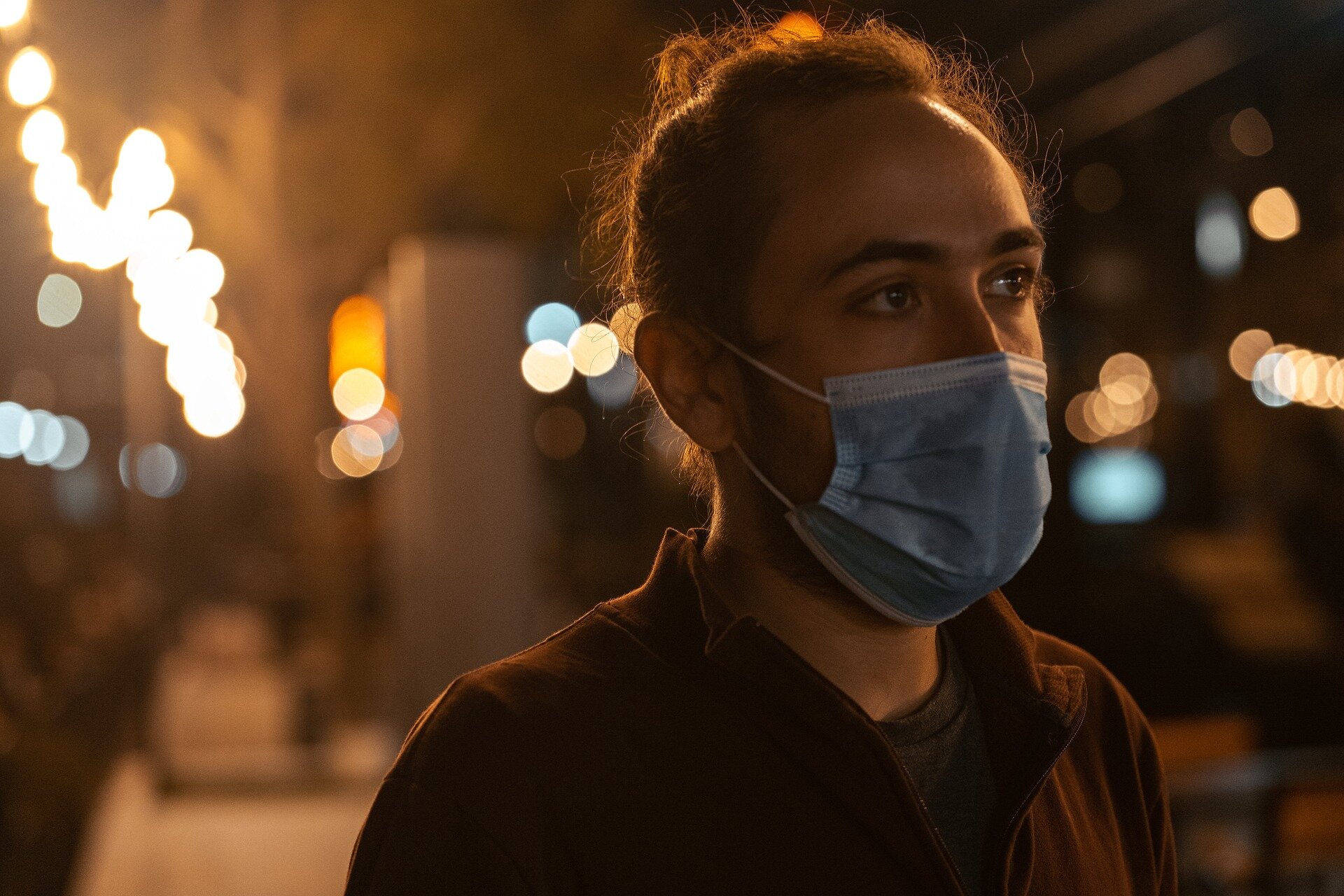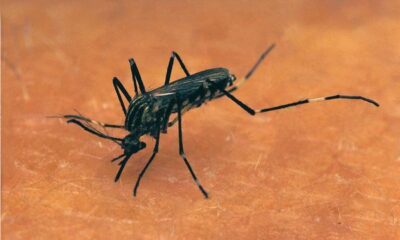Health
The virus that causes COVID-19 can remain in semen for 110 days after infection

Credit: Pixabay/CC0 public domain
Researchers from the University of São Paulo (USP) in Brazil have shown for the first time that SARS-CoV-2, the virus that causes COVID-19, can remain in patients’ semen for up to 90 days after hospital discharge for up to 110 days after the initial infection, which reduces sperm quality. The research is reported in an article published in the news Andrology. The authors suggest that people planning to have children should observe a period of ‘quarantine’ after recovering from COVID-19.
More than four years after the start of the pandemic, we know that SARS-CoV-2 can invade and destroy several types of human cells and tissue, including the reproductive system, where the testicles serve as a “gateway of entry.” Although scientists have noted that the virus is more aggressive than other viruses toward the male genitalia, and autopsies have found it in testicles, it has rarely been detected in semen by polymerase chain reaction (PCR) analysis, which focuses on viral DNA.
To fill this gap in knowledge, the study used real-time PCR and transmission electronic microscopy (TEM) to detect viral RNA in semen and spermatozoa donated by men recovering from COVID-19.
The semen samples were taken from 13 patients between the ages of 21 and 50 who had had mild, moderate and severe COVID-19 and were admitted to Hospital das Clínicas (HC), the hospital complex managed by the university’s medical school (FM-USP ). . The analysis was performed up to 90 days after discharge and 110 days after diagnosis.
Although PCR test results were negative for SARS-CoV-2 in semen in all cases, the virus was detected in semen from eight of eleven moderate to severe COVID-19 patients (72.7%) within 90 days of discharge. which does not mean that according to the authors it was no longer present.
SARS-CoV-2 was also detected in one of the mild COVID-19 patients. In total, the virus was found in the semen of nine out of thirteen patients (69.2%). Two others had ultrastructural gamete dysfunction similar to that seen in patients with a COVID-19 diagnosis. The authors therefore concluded that 11 of the patients had the virus in their semen.
“In addition, we found that the sperm produced ‘extracellular traps’ based on nuclear DNA. In other words, the genetic material in the nucleus decondensed, the cell membranes of the sperm cells ruptured and the DNA was expelled into the extracellular medium, creating networks that are similar to those previously described in the systemic inflammatory response to SARS-CoV-2,” said Jorge Hallak, professor at FM-USP and corresponding author of the paper.
The networks in question are neutrophil extracellular traps (NETs). Neutrophils, a type of white blood cell, are the first line of the immune system and immobilize and kill pathogenic bacteria, fungi and viruses. However, when hyperactive, NETs can damage tissue elsewhere in the organism.
TEM analysis showed that the sperm produced extracellular traps based on nuclear DNA to neutralize the pathogen, “sacrificing” themselves to contain the pathogen in a mechanism known as a suicidal ETosis-like response (ETosis means death via extracellular traps).
“The finding that spermatozoa are part of the innate immune system and help defend the organism against attack by pathogens is unique in the literature and makes the study very important. It can be considered a scientific paradigm shift,” Hallak said.
Until now, he added, it was known that sperm had four functions: binding the genetic contents of male gametes to female gametes, fertilizing female gametes, promoting embryo development until the twelfth week of pregnancy, and partly determine the development of certain chronic diseases in women. adulthood, such as infertility, hypogonadism, diabetes, hypertension, some types of cancer and cardiovascular disease.
The discovery described in the study adds a new function to their role in reproduction.
“The potential implications of our findings for the use of sperm in assisted reproduction should be urgently considered by physicians and regulators, especially with regard to the technique used by Brazilian laboratories that perform gamete micromanipulation in more than 90% of cases of marital infertility “, which involves the injection of a single sperm into the egg and is known as intracytoplasmic sperm injection or ICSI,” Hallak said.
Hallak advocates postponing natural fertilization and especially assisted reproduction for at least six months after infection with SARS-CoV-2, even in the case of mild COVID-19.
Previous discoveries
Hallak was one of the early members of the scientific and medical community to suggest more caution in reproductive protocols during the pandemic. He has been researching the impact of COVID-19 on reproductive and sexual health since 2020, when he volunteered on the front lines as an emergency room physician at HC-FM-USP.
His research group, which also includes colleagues from FM-USP’s Department of Pathology, has already made important discoveries in the field, such as the higher risk of severe COVID-19 infection and death from the disease for men simply because of their gender, possibly because of the abundance of ACE2 receptors and TMPRSS2 in the testicles, while the ovaries have only ACE2 receptors. The virus uses ACE2 to enter cells; TMPRSS2 is a protein that allows the virus to bind to ACE2 on the cell surface.
In a study Research among members of HC-FM-USP’s Division of Clinical Urology found that health care workers experienced a sharp decline in libido and sexual satisfaction as a result of the pandemic, as well as increased pornography consumption and more frequent masturbation.
The group too discovers that the testes are potential targets for infection by the virus, which causes subclinical epididymitis (inflammation of the epididymis, a narrow tube attached to each testicle that stores, matures and transports sperm), and that for the first time the severity of testicle revealed lesions associated with COVID-19.
More information:
Jorge Hallak et al., Transmission electron microscopy reveals the presence of SARS-CoV-2 in human spermatozoa associated with an ETosis-like response, Andrology (2024). DOI: 10.1111/andr.13612
Quote: Virus that causes COVID-19 can remain in semen for 110 days after infection (2024, June 4) retrieved June 4, 2024 from https://medicalxpress.com/news/2024-06-virus-covid-sperm-days-infection .html
This document is copyrighted. Except for fair dealing purposes for the purpose of private study or research, no part may be reproduced without written permission. The content is provided for informational purposes only.













